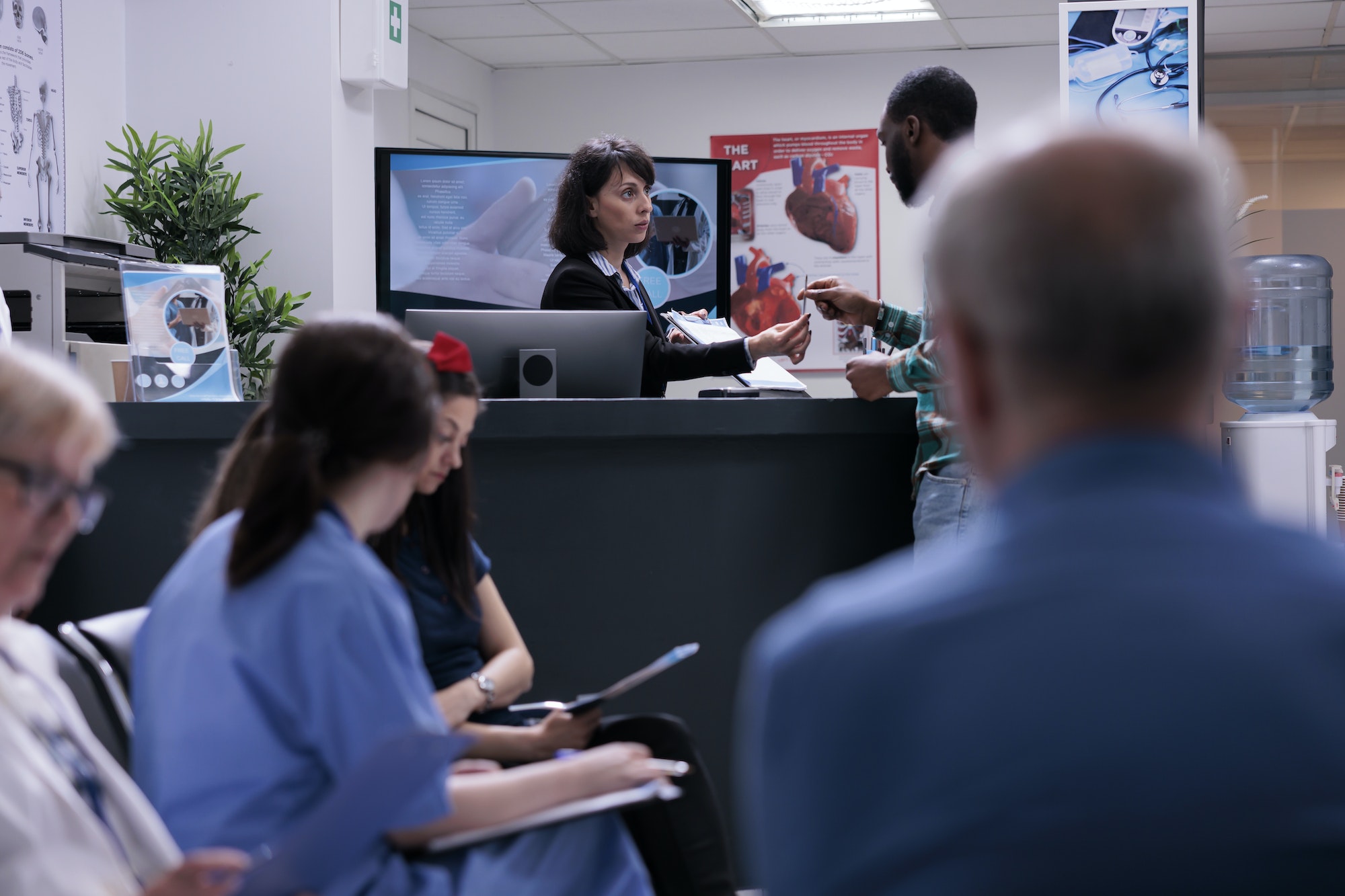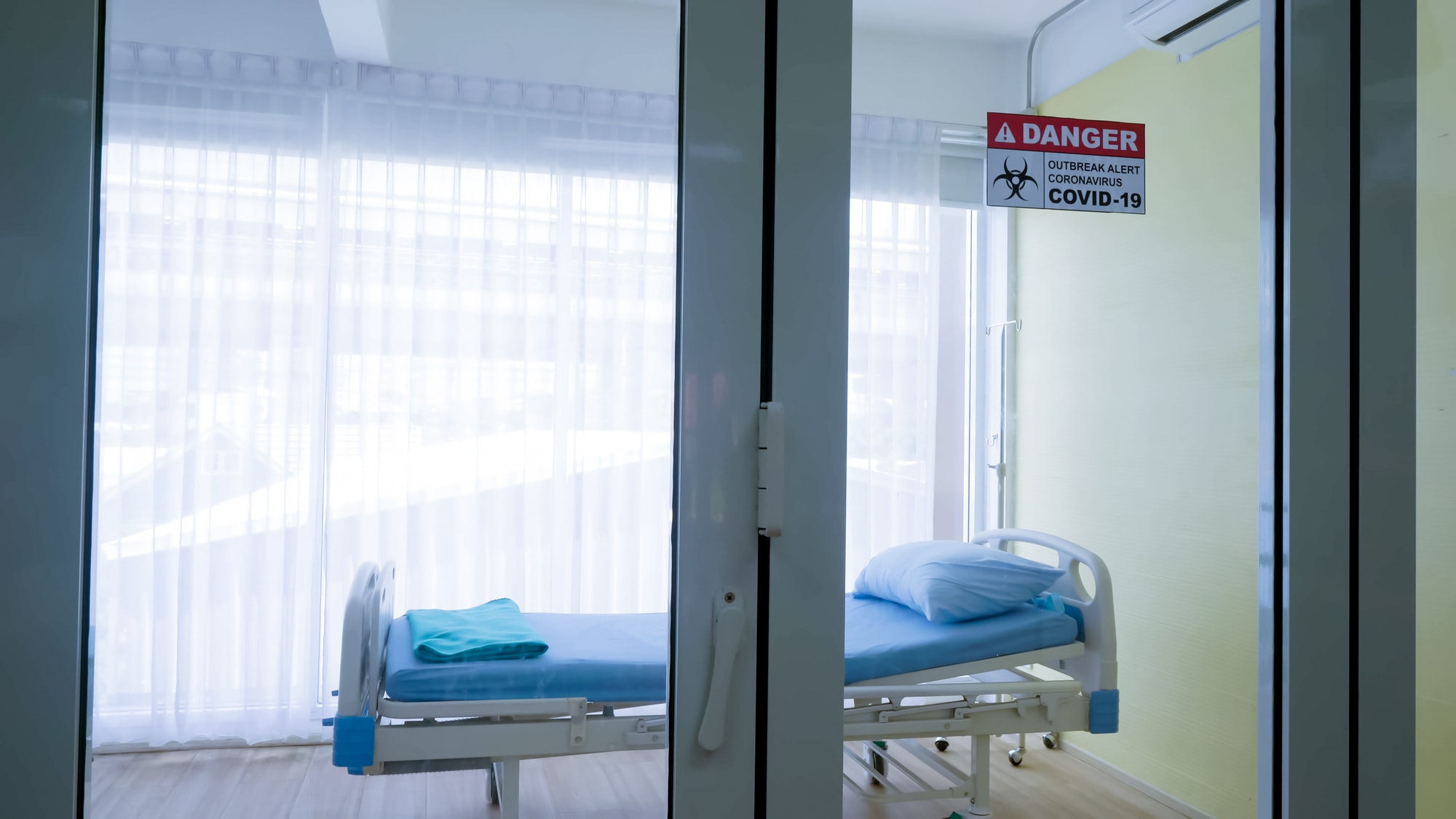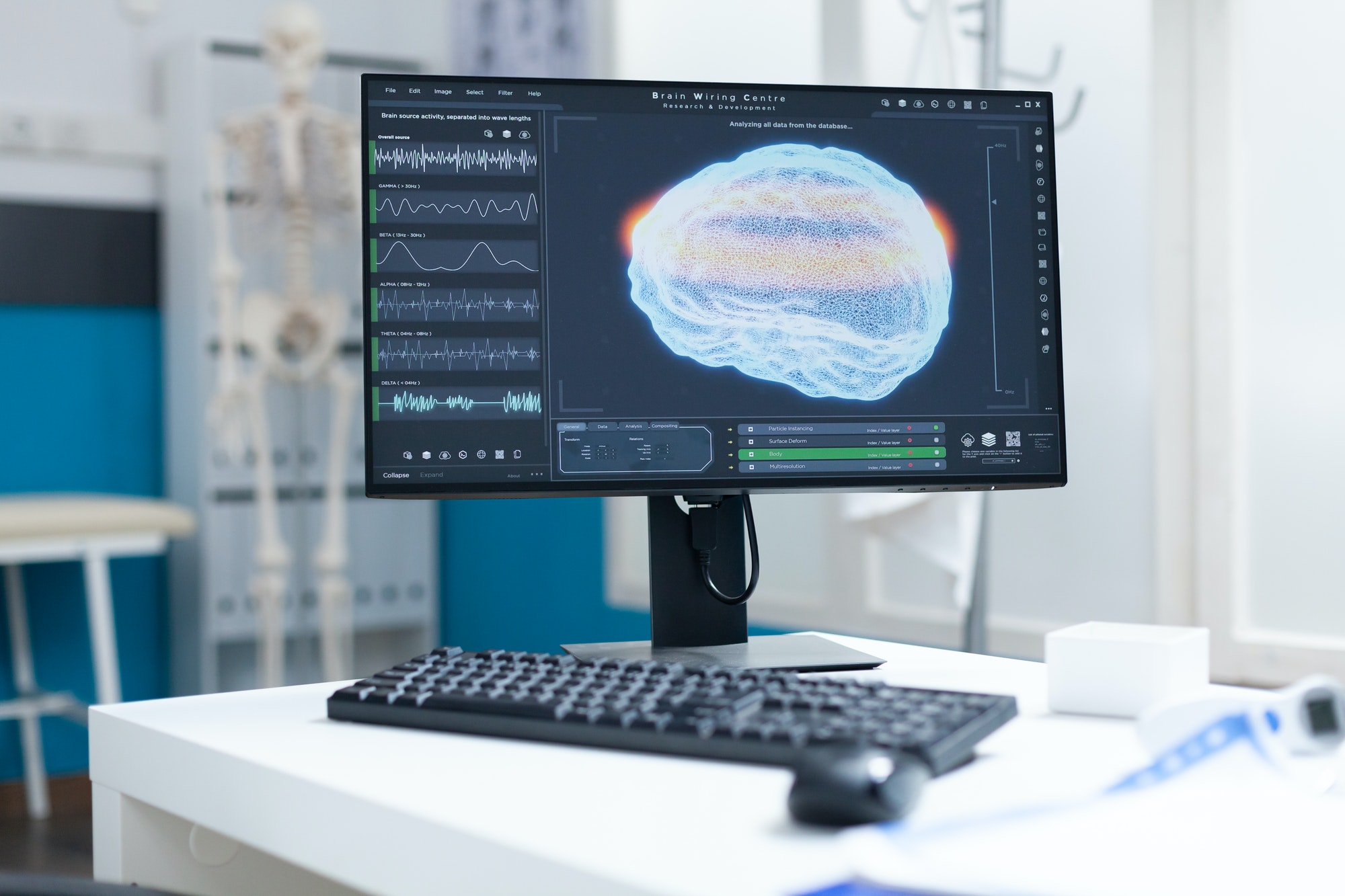DISCLAIMER: The below blog entry was written by an outside, unrelated party and does not necessarily express the opinions or views of or associated with the RemoteICU brand or the individuals associated with the RemoteICU brand. The blog is not necessarily endorsed or supported by RemoteICU nor was the entry reviewed and accepted by individuals associated with RemoteICU. The blog entry is provided simply to address and create interest in topics of import related to telemedicine. Your own independent research and decision-making and seeking of expert / professional opinions are required before you make any decisions whatsoever or form any opinions with respect to any topics addressed therein. By reading the blog entry, you consent to accepting the terms and conditions in this disclaimer.
Over 5 million people are admitted to intensive care units in the United States annually, a number that continues to grow even as hospitals face a shortage of critical care staff. Fortunately, advances in technology are making it possible to provide high-quality care to ICU patients even when there are not enough doctors physically present.
The eICU is one of many branches of telemedicine that is changing the way medical services are delivered for the benefit of patients and healthcare providers alike.
What is an eICU?
The terms eICU (electronic intensive care unit), tele ICU, remoteICU, and virtual ICU are all used interchangeably to refer to the same thing – a platform in which technology is used for remote care delivery to patients in the ICU.
With an eICU, patients in an ICU in one hospital can be monitored remotely by a critical care physician in a completely separate location. The remote intensivist physician has full access to all data relevant to patient care including vital signs, lab test results, treatment information, and more via high-resolution cameras and microphones and designated software platforms.
High-speed data lines enable ongoing and real-time communication between the remote critical care physician (or intensivist) and the bedside staff who are able to immediately implement the doctor’s orders. An eICU remote monitoring system means that many more patients can be treated by one doctor regardless of where they are located.
How does an eICU work?
The exact specifications of a given eICU solution depend on the provider, but the fundamentals are the same and include the following components:
Bedside Monitor – a monitor at the patient’s bedside gathers information that is also accessible from the remote location. This data includes vital signs, waveforms, and any other key metrics that need to be monitored.
Real-Time Alerts – the system is set up so that the remote intensivist will receive real-time alerts when there is any change in the patient’s condition that may require intervention. The alerts can usually be customized for specific patient needs.
Audio/Visual Equipment – a high-resolution camera and microphone/speaker system powered by high-speed data lines is installed at each ICU bed so that the remote physician can clearly see the physical condition of the patient. Zoom capabilities allow the doctor to check machine settings, IV fluids, and other details. This equipment also allows for two-way conversations between the remote doctor and the on-site staff to discuss patient care.
Access to Clinical Information – in addition to the information from the bedside monitors that is updated automatically, the remote intensivist also needs full access to any other relevant clinical information about the patient. These data includes lab results, medications, x-ray images, and progress notes. Electronic ICUs include integration with the hospital’s clinical information system.
Once the system is set up, the doctor(s) in the remote monitoring station are able to see all of the information they need about each patient. Depending on the size of the station and the number of patients being monitored at any given time, they may have one monitor per patient or they may have to manually change the screen on the monitor to move from patient to patient.
What Happens During a Shift in TeleICU?
A typical shift for a doctor in a teleICU program generally begins with a conversation with the bedside team and an update on each patient. The doctor can then do virtual rounds and assess each patient. Based on findings during rounds or responses to alerts that are raised, the doctors can:
- Order bloodwork and other tests
- Read test results
- Order medications
- Walk the bedside team through procedures that need to take place
Who Staffs an eICU?
Staffing is dependent on the needs and the resources of the hospital, and different eICU companies may offer different staffing models. The eICU generally operates 24 hours a day 7 days a week with doctors and nurses working in shifts. On average, there are between 60-125 patients for every one critical care physician and 30-40 patients per nurse. Because the doctors are not distracted with the constant interruptions that take place in-person in the hospital, they are able to provide a much higher quality of care to a larger number of patients at once.
Whether the doctors are employed by the eICU company or the hospital itself, they must be board-certified critical care specialists.
What are the Benefits of an eICU?
The major benefits that an eICU can bring to a hospital or health system include:
Increased access to higher quality care – The lack of distractions and the real-time alert systems enable the remote doctors to take action and intervene faster, resulting in better outcomes, shorter lengths of stay and lower mortality rates.
Solution for staff shortage – Patients in geographically diverse locations can all be monitored and treated by one doctor (or team of doctors) in a remote location, significantly increasing the number of patients who can receive care without hospitals having to hire more on-site doctors. With the supervision of the remote intensivist, general physicians and nurses can carry out the majority of the necessary procedures needed for patients in ICU care.
Reduced workload and burnout – Overworked on-site ICU doctors can share the burden with the eICU team, reducing their own stress and chance of burning out and ensuring that the quality of care remains high.
Is There Anything Else to Consider When Adopting an eICU Model?
Before you set up an eICU, there are a few things to consider so you will be best prepared:
Cost – make sure you have the available budget to cover initial costs of the eICU hardware, software and equipment. Bear in mind that once your eICU is up and running, you will likely recover these costs fairly quickly.
Culture shift and training – As with the introduction of any new methodology, an element of mindset and culture shift will need to take place – not to mention practical training in the use of new technologies. Make sure you leave enough time to educate and train your personnel (and patients, if relevant) about the new ICU solution and how to use it.
What’s Next for a Hospital Interested in eICU?
The point of an eICU is not to replace in-person care, but to enhance the care delivery. Away from the noise and distractions of a busy ICU, the remote doctors can focus on the key interventions that will have life-saving impacts.
The best way to ensure that an eICU has a positive impact on the hospital and its patients is to ensure that the whole team is on board with the decision and is ready to do what it takes to see the implementation process through to completion.
RemoteICU is ready to help your hospital expand its capacity and improve care. For more information, contact us!


































